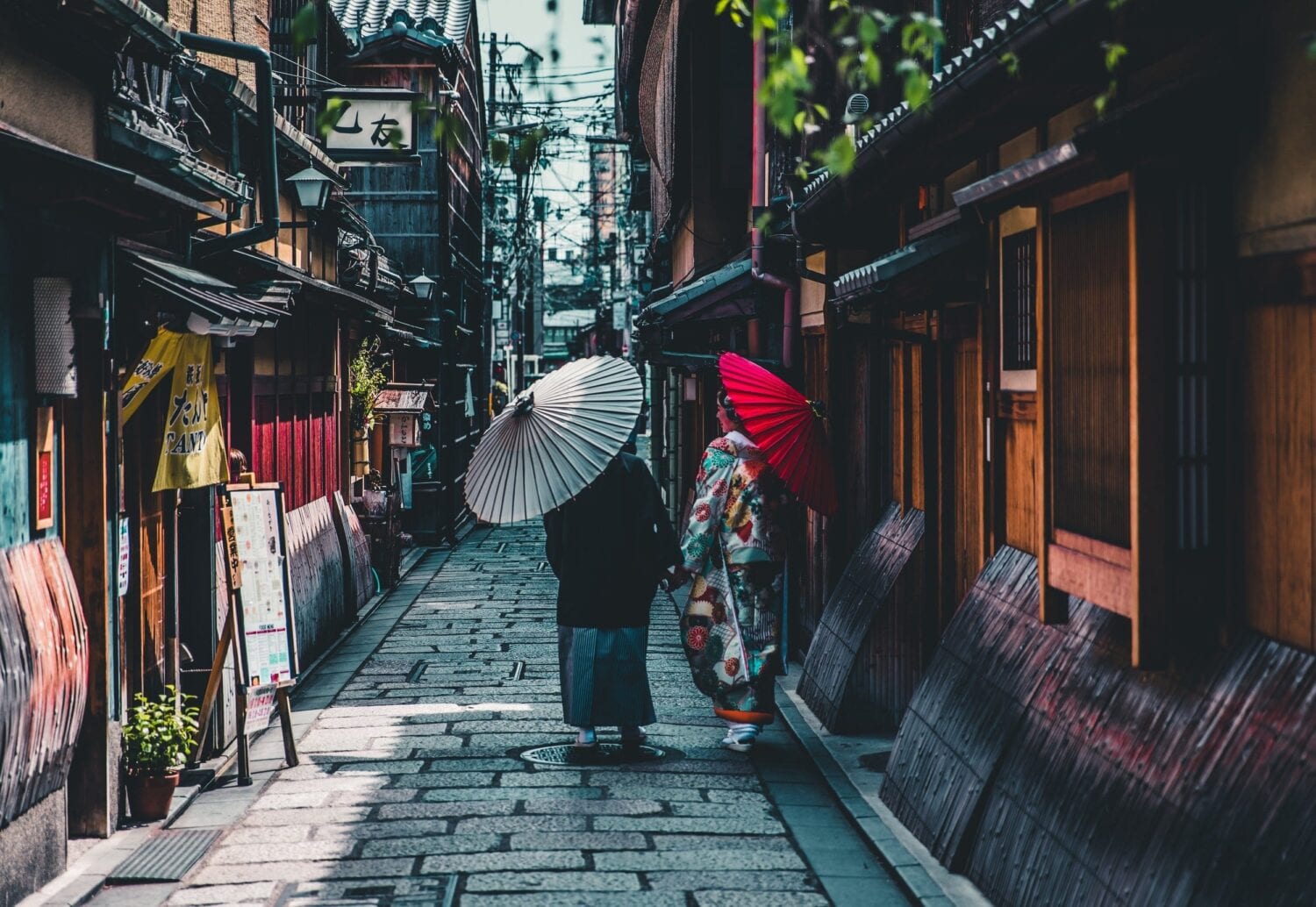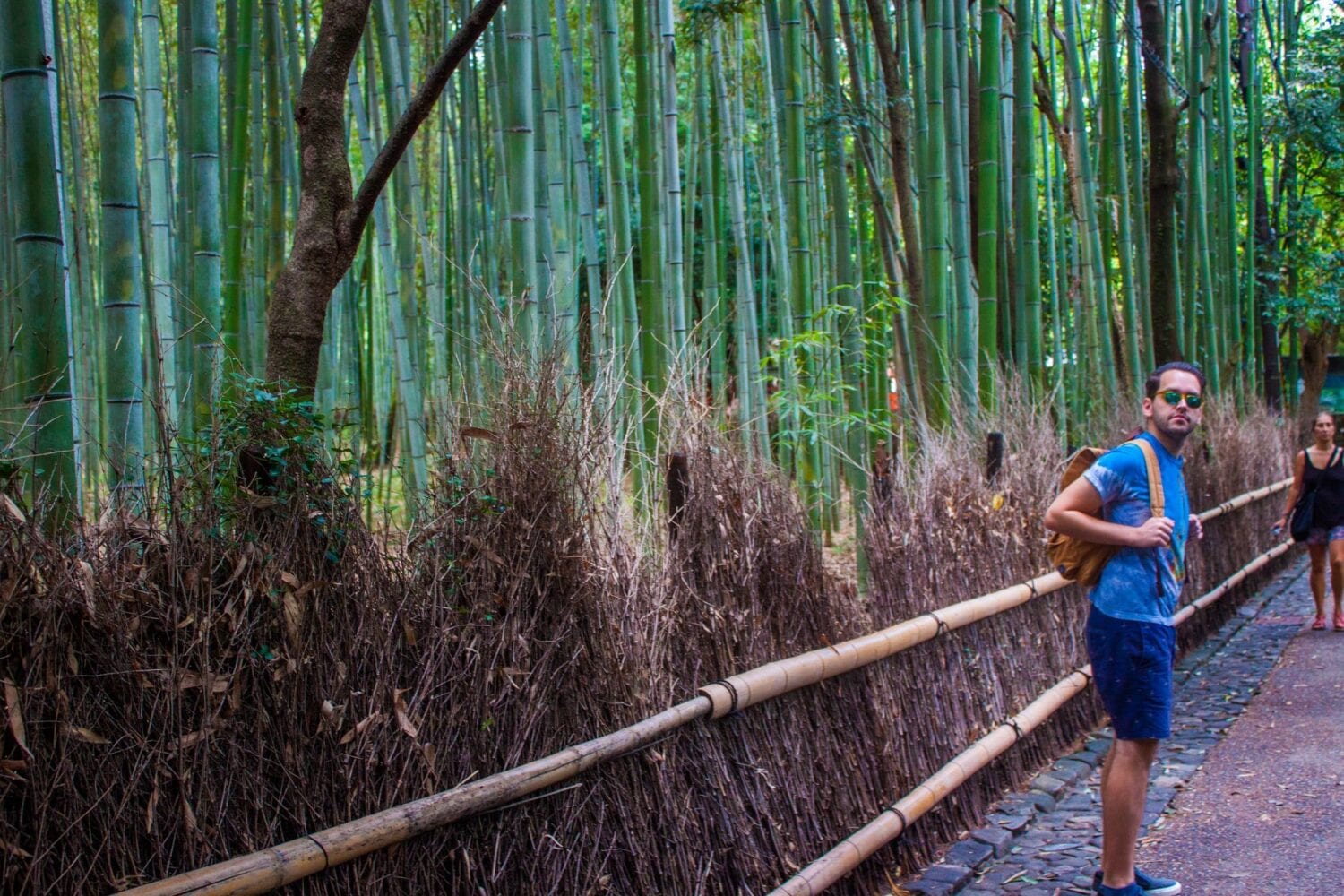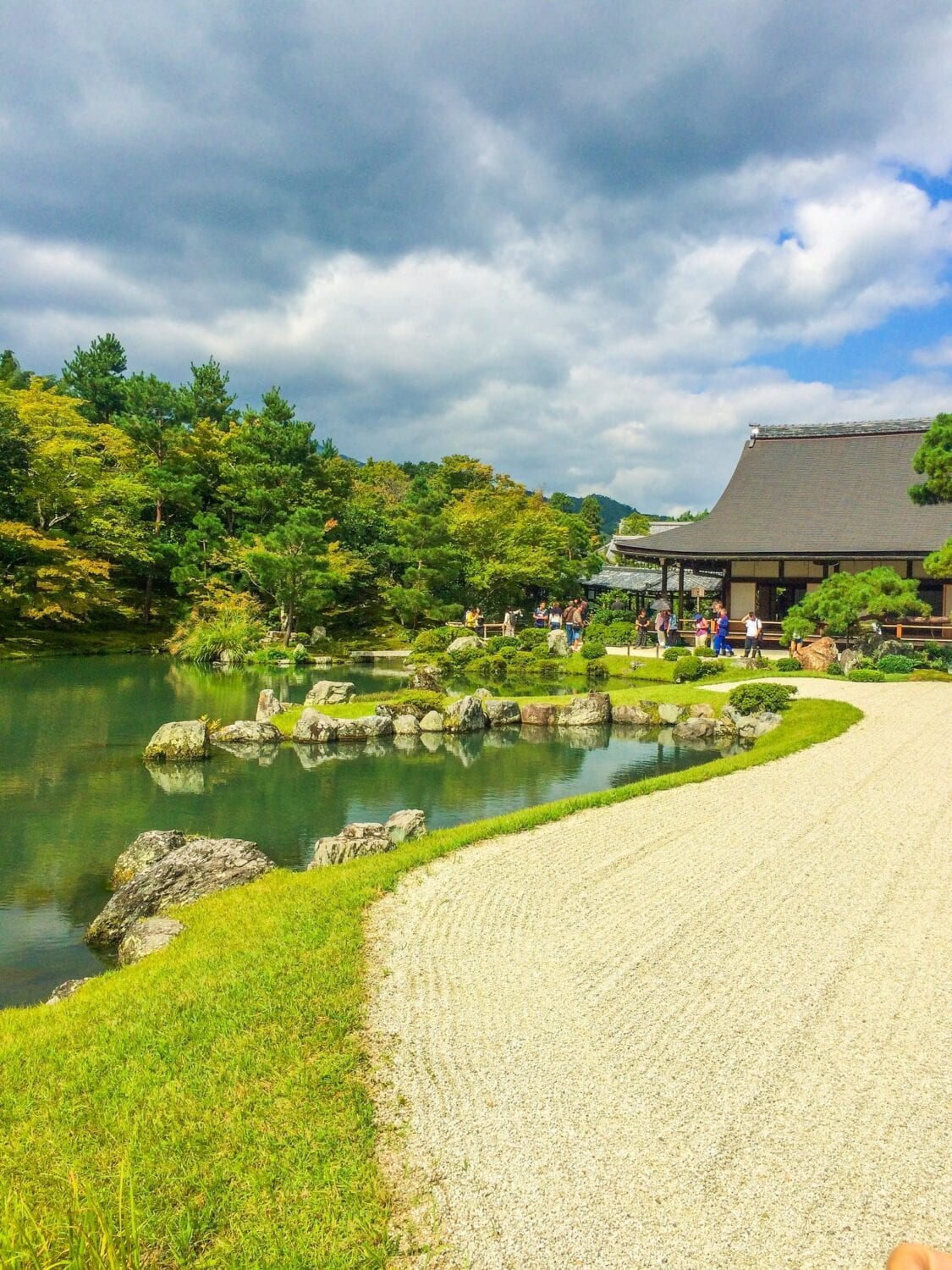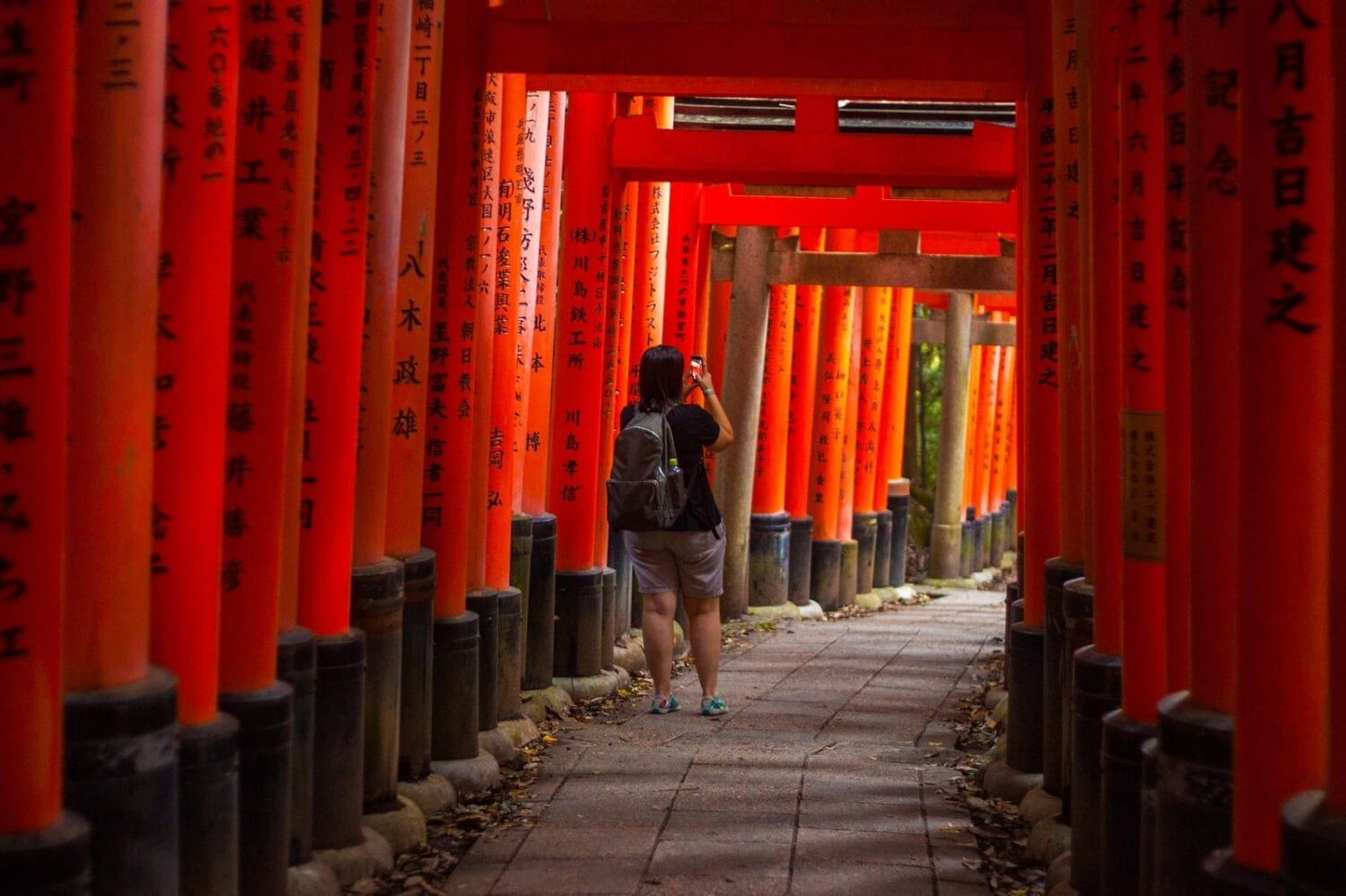Kyoto is the second most popular spot for visitors coming to Japan after Tokyo. Where Tokyo is the city of dazzling neon lights, uber-modern inventions and architecture, explosive excitement and a bustling population, Kyoto feels like the exact opposite. It’s the perfect balance to any trip to Japan. Kyoto is history. It’s ancient Zen gardens perfect for internal contemplation, peaceful walks along aged pathways, spiritual visits to sacred temples and traditional creative arts and culture. Whereas Tokyo is a city designed with curated, instagrammable spots, Kyoto is just naturally photogenic. If you’re only visiting Kyoto for a short period and are looking for the best spots to soak in the visual beauty of this city, these are my favourite places to hit up while on your photographic journey in the old capital of Japan, Kyoto.
The first morning in Kyoto we decided to venture outside the city and visit one of Kyoto’s most popular sights: the Arashiyama Bamboo Grove. Heralded as being one of the “most beautiful groves on earth” and designated a “National Historic Site and Place of Scenic Beauty” by Japan, the Arashiyama Bamboo Grove is a place unlike anywhere else. It’s a place where you can escape yourself, as long as you manage to escape the throngs of tourists as well.
Inside the bamboo forest, you’ll come across Tenryuji temple. The temple grounds are known as being one of the most beautiful in Japan and their famous garden, and its zen-like atmosphere was just the thing we were looking for as an to escape from the throngs of people who were started to filter into the bamboo grove.
One of the most iconic images of Japan has to be the bright, vermillion coloured torii gates of Fushimi Inari Taisha in Kyoto. Many people come to Fushimi Inari Taisha not knowing the scope of it. They see the images online and think it’s just a few small alleyways – this is far from the whole picture. The main shrine sits at the base of the Inari mountains, but a path of thousands of torii gates behind the building leads visitors up 233 meters above sea level to visit 4 kilometres of sub-shrines finally ending at the magnificent mountain top shrine.




